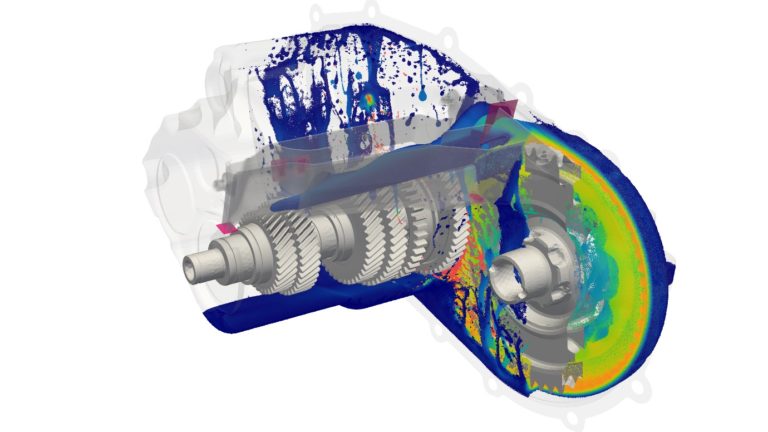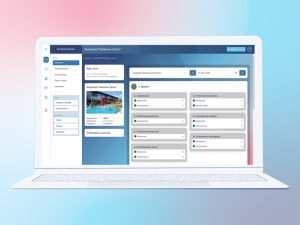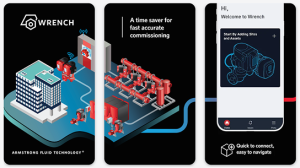Nextflow Software Introduces Versatile, Accurate and Fast SPH Solution

SPH-flow (Image source: Nextflow Software)
SPH, the particle-based method, sets a new market standard in CFD
After more than 20 years of research, thanks to Nextflow Software and other actors, the SPH method has been moving from academic labs to industrial engineering offices. SPH complements the traditional body-fitted Finite Volume (FV) approach for specific, complex fluid flows.
SPH is being significantly adopted by automotive manufacturers and tier-1 providers for key applications like powertrain and transmission system lubrication and cooling (including e-motors), or vehicle river crossing (a.k.a. fording or wading) studies.
Still, many other industries are adopting SPH for other applications in aerospace, marine & offshore, environment & energy, industrial process/machinery and manufacturing, etc.
The main characteristics of the SPH method are:
- SPH solves the Navier-Stokes equations by representing fluid flows with moving particles. It is especially well adapted for simulations involving complex solid interfaces (body motion, deformation, contact…) and fluid interfaces (multiphase, atomization, coalescence…). Traditional FV methods are often limited by their mesh-based nature and can’t simulate effectively such interfaces.
- SPH does not rely on manual meshing and allows users to launch fluid flow simulations few minutes after getting their CAD files ready. Traditional mesh-based FV methods require tedious and user-dependent manual meshing operations, taking hours or even days of highly skilled engineers.
SPH-flow: different solvers for addressing all objectives, applications and use cases with SPH
SPH-flow, Nextflow Software’s SPH offering, includes 2 complementary products to address all engineering needs:
- SPH-flow Explorer is typically used in pre-study design exploration phase, where fast simulations are expected to guide and orient early design choices.
- SPH-flow Designer provides reliable and in-depth insights, useful for later-stage design analysis.
SPH-flow offers compressible and incompressible formulations in both solvers to accurately target all fluid flows:
- SPH-flow incompressible formulation is best-suited for highly fragmented flows, where the fluid is atomized into droplets or jets, and for long-duration flows;
- SPH-flow compressible formulation is best-suited for fluid flows involving complex physics and brief dynamics, such as shocks and impacts. This formulation is especially recommended when local pressure field and free-surface accuracy matter.
SPH-flow Designer uses the most-advanced and state-of-the-art SPH models, improving accuracy and convergence order, even when complex multi-physics are involved: multiphase flows, surface tension with wettability, Fluid-Structure Interactions (FSI), thermal analysis, SPH-LBM (Lattice Boltzmann Method) and SPH-FV co-simulation…
SPH-flow Explorer is a brand-new product optimized to deliver results as fast as possible, offering the shortest time-to-result/solution time.
SPH-flow is available today for workstations and small servers, as well as for High-Performance Computing (HPC) clusters when large computation capacities are required. A version for GPU is currently under development and will be available early 2021.
SPH-flow can be 5 to 100 times faster than FV solvers on specific applications that best fit with the SPH method, meaning that 1 week of computation may now shrink to few hours, with often better simulation results compared to FV on such applications.
Source: Nextflow Software







